When it comes to enhancing the natural light and energy efficiency of your home, selecting the right aluminium roof lanterns is crucial. These elegant structures not only serve as beautiful architectural features but also maximize daylight entry and provide a seamless connection between your indoor and outdoor environments.
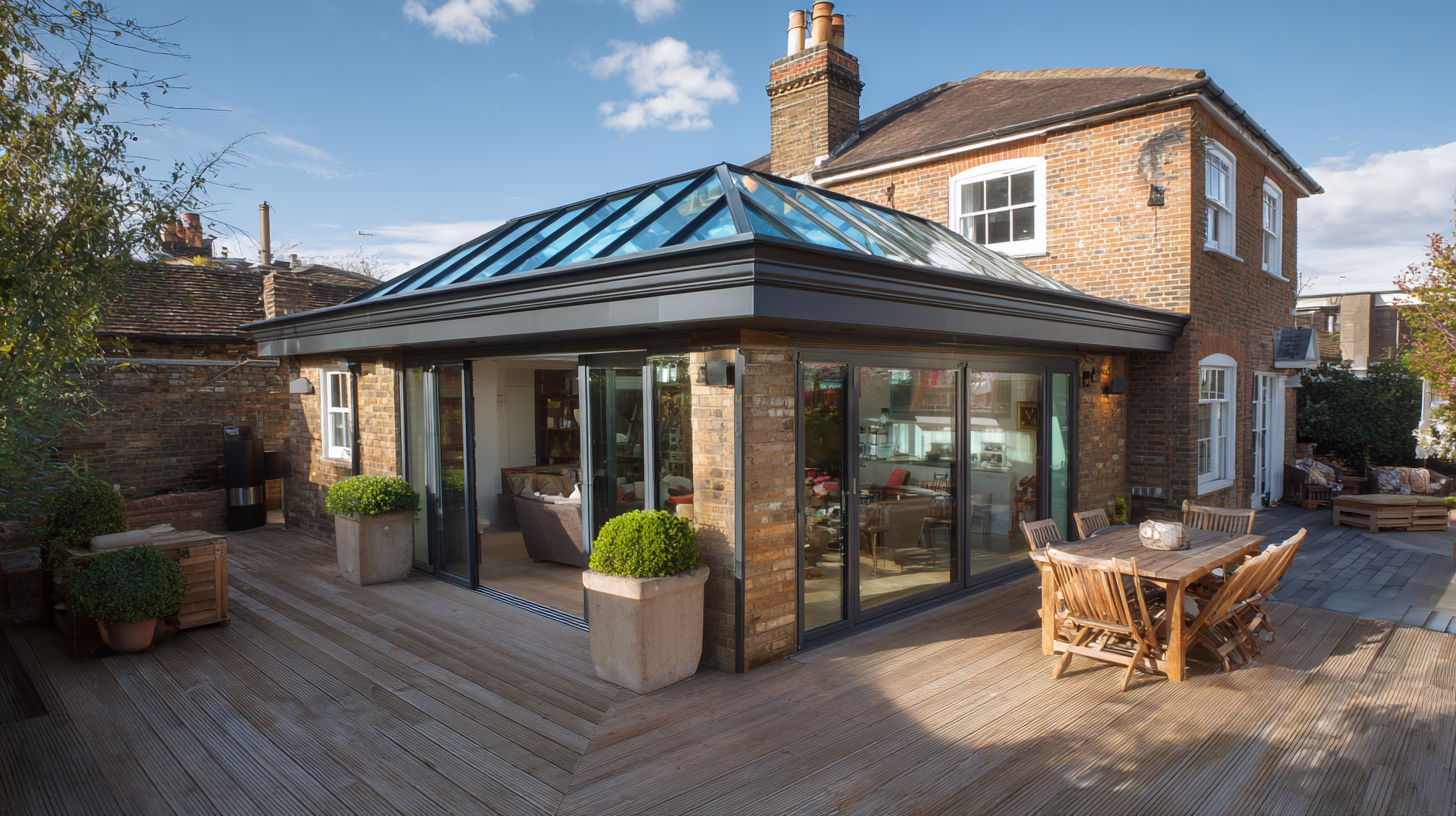
With the wide variety of designs, sizes, and functionalities available in the market, making the right choice can often feel overwhelming. It’s essential to consider factors such as the style of your home, the orientation of the roof, and the desired amount of light and heat retention.
Furthermore, understanding how different features, such as glazing options and thermal breaks, contribute to energy efficiency will empower you to make informed decisions.
This guide aims to simplify the selection process, helping you to choose aluminium roof lanterns that not only elevate the aesthetic of your living space but also optimize natural light and sustainability.
When selecting aluminium roof lanterns, several crucial factors should be taken into account to maximize natural light and enhance energy efficiency. First and foremost, the orientation of your space plays a significant role. A study from the National Renewable Energy Laboratory shows that south-facing lanterns can increase natural light intake by up to 30%, particularly in winter months when daylight hours are shorter. Consider the room's function—an office may require more consistent lighting throughout the day, while a living area can benefit from sunlight during peak hours.
Another important factor is the glazing type of your roof lantern. Choosing double or triple-glazed units can significantly improve thermal performance, reducing heat loss by up to 70%, according to the Energy Saving Trust. Additionally, selecting high-performance coatings like Low-E glass can help regulate indoor temperatures, ensuring that your space remains comfortable year-round while minimizing reliance on artificial lighting and heating. Combining these considerations will help you choose the ideal aluminium roof lanterns that not only brighten your space but also contribute to long-term energy savings.
The size of roof lanterns plays a crucial role in determining both natural light intake and energy efficiency in a building. Larger lanterns can enhance the amount of daylight that floods into a space, effectively reducing the reliance on artificial lighting. This is particularly significant considering that nearly 20% of global electricity is consumed for lighting purposes, as highlighted by recent studies. Implementing larger roof lanterns can therefore lead to substantial energy savings by maximizing the use of natural light throughout the day.
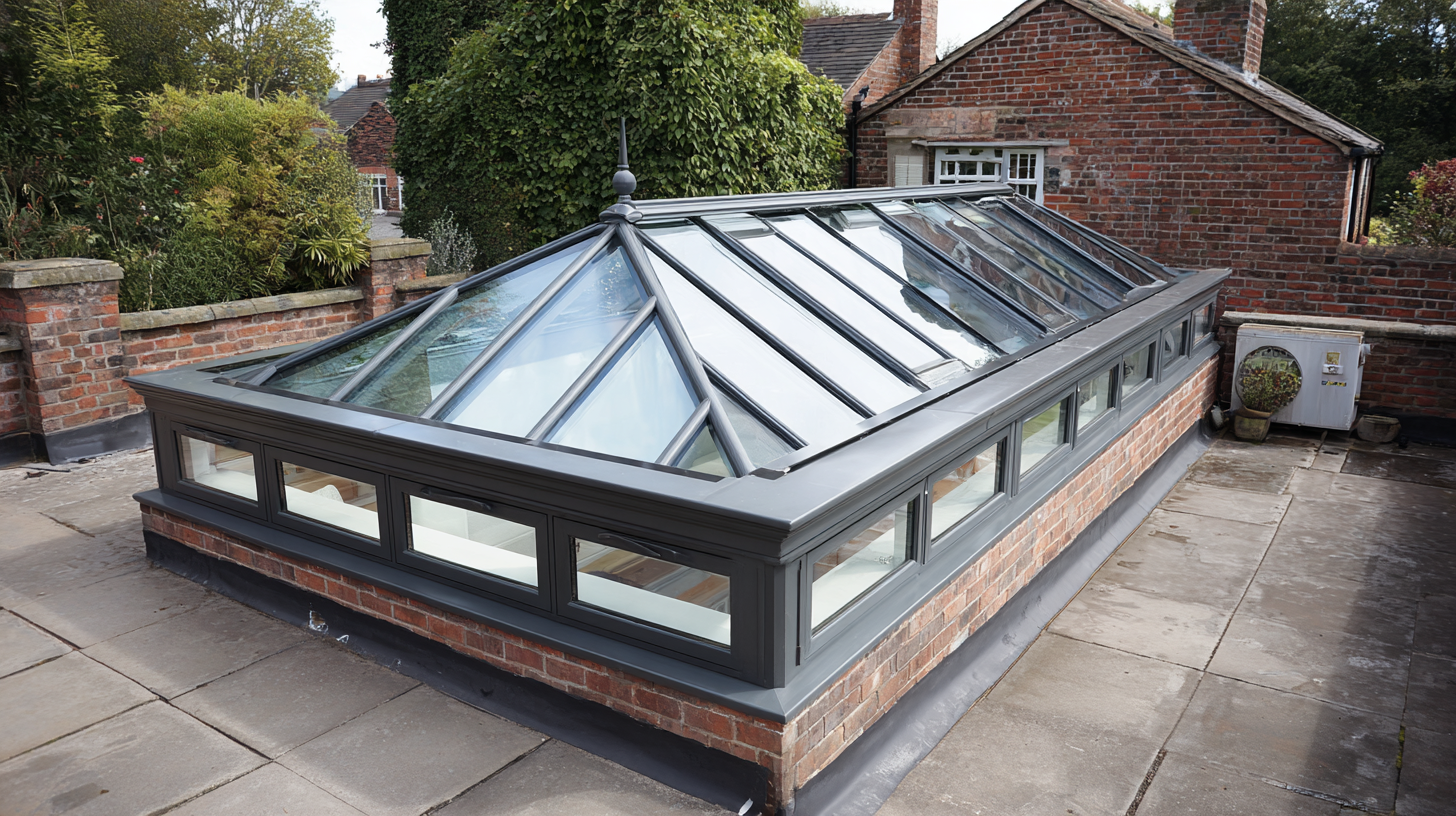
Moreover, the design and placement of roof lanterns can significantly impact their performance. It's essential to consider the positioning and orientation to optimize sunlight exposure while minimizing heat loss. Many newer models come equipped with advanced insulation technologies, further enhancing energy efficiency. By carefully selecting the size and specifications of roof lanterns, homeowners can create bright, inviting spaces that not only benefit from natural illumination but also contribute to a more sustainable energy footprint.
When considering roof lanterns, the choice of material is crucial for both aesthetics and performance. Aluminium stands out as the superior option due to its exceptional strength-to-weight ratio, which ensures durability without compromising on design flexibility. Unlike other materials, such as timber or PVC, aluminium does not warp or degrade over time, making it an ideal choice for enduring structural integrity. This characteristic not only prolongs the lifespan of the roof lanterns but also reduces the maintenance efforts associated with material fatigue and environmental wear.
Furthermore, aluminium is highly energy-efficient, especially when treated and coated with thermal breaks. This feature minimizes heat transfer, enhancing the insulation properties of the roof lanterns. As a result, homeowners can enjoy a comfortable indoor environment while reducing energy costs. The sleek, modern look of aluminium complements contemporary architectural styles, allowing for plenty of natural light without sacrificing efficiency. Overall, choosing aluminium for roof lanterns is an investment in both quality and sustainability, leading to brighter spaces and lower energy bills.
When selecting aluminium roof lanterns, energy efficiency should be a top priority. Modern advancements in glazing technologies have introduced features such as low-emissivity (low-e) glass, which reflects heat back into a room during winter while keeping it cool in summer. According to the Energy Saving Trust, appropriate glazing can reduce energy bills by up to 20%, making it a wise investment for homeowners looking to enhance both natural light and thermal performance.
Tips:
- Look for roof lanterns with high thermal insulation ratings (U-values). A lower U-value indicates better performance, ensuring that your home remains comfortable year-round.
- Consider products that feature solar control coatings to mitigate excess heat, further enhancing energy efficiency. This will not only optimize natural light but also help regulate interior temperatures.
Additionally, opting for double or triple glazing can substantially improve heat retention. The National Glass Association notes that triple-glazed windows can be up to 40% more energy-efficient than single-glazed alternatives. By investing in high-quality aluminium roof lanterns equipped with these features, you can create a bright and inviting space while minimizing your energy costs.
When selecting aluminium roof lanterns, it is crucial to consider design styles that not only maximize natural light but also enhance your home’s aesthetic. The choice of shape and size can create varying light dynamics throughout the day. For instance, a contemporary rectangular lantern allows for an expansive view of the sky, while a traditional design with ornate details can add character to a classic home. Both styles serve to invite natural light while reflecting personal taste.
Furthermore, the finish and color of the aluminium frame play a significant role in the overall appearance. A sleek, minimalistic finish works well in modern homes, while textured or powder-coated options can seamlessly integrate with period properties. Careful attention to these details ensures that your roof lantern not only illuminates your space effectively but also complements the architectural elements of your home, providing a cohesive and stylish look that enhances both energy efficiency and aesthetic appeal.
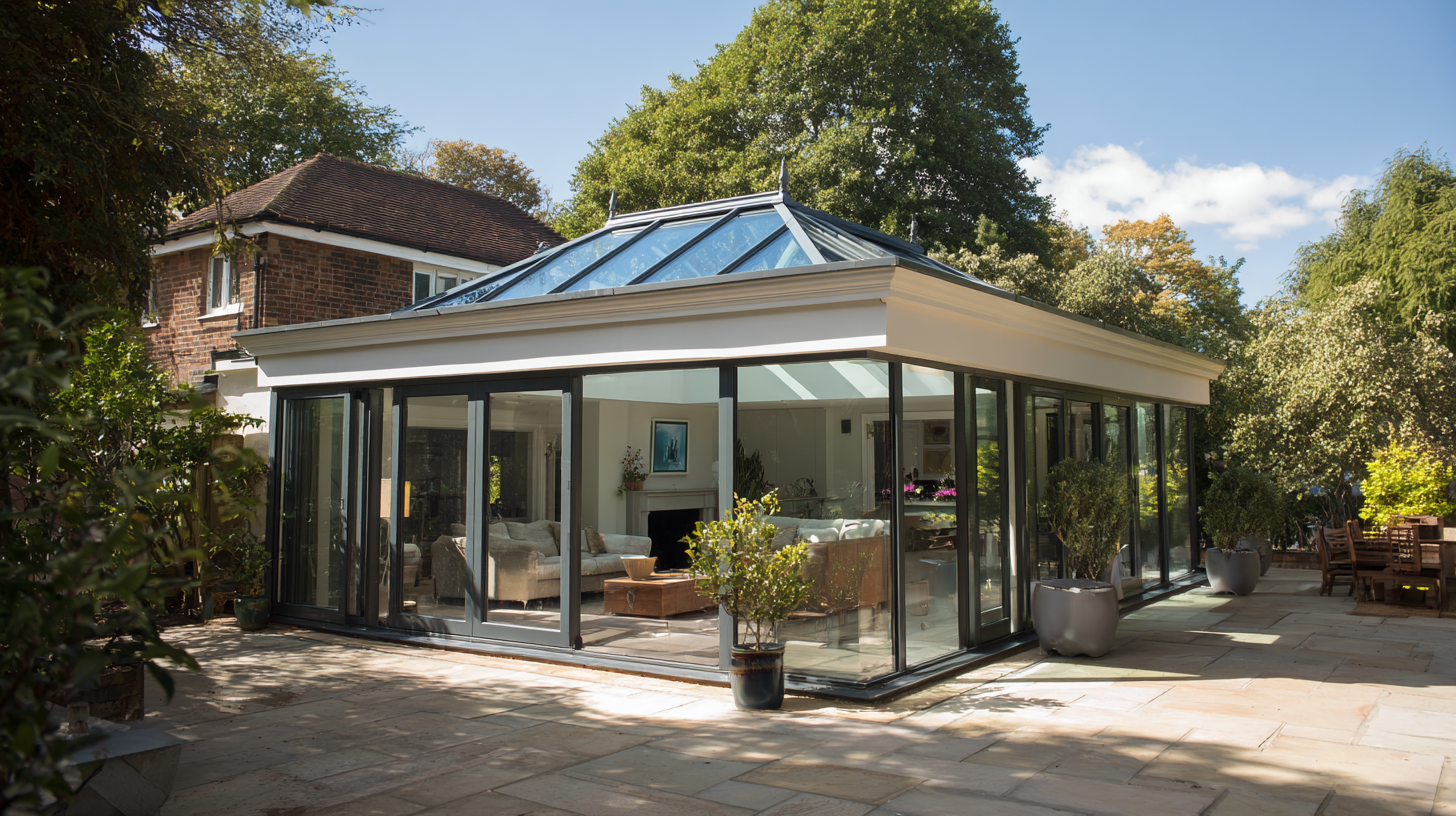

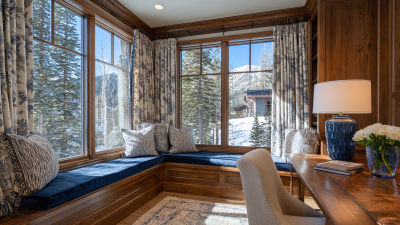
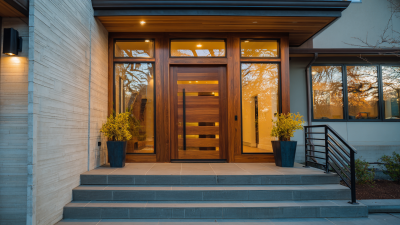
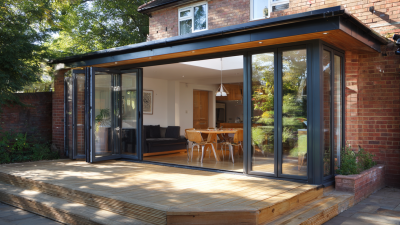


Leave your projects details, and one of our team will reach out to answer any questions you may have